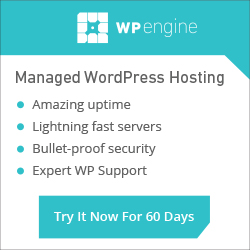Training Videos > WordPress Essentials
Pages vs. Posts
While the Page editor and Post editor look the same and provide many of the same tools, the similarities pretty much stop there. Pages and Posts each have a unique structure for how content is organized, searched and shared. A Post is like a journal entry that by default displays on your home page in reverse order–showing the most recent entry first. Posts can be tagged and organized into categories providing powerful search options for finding and managing archived posts.

Pages on the other hand are for content that stays the same most of the time–like a ‘Contact’ page or an ‘About Us’ page. Pages do not have the ability to add Tags or Categories, but instead allow you to position one page under another creating Sub-Pages helping to make your content easier to navigate and manage. Organizing your content into Sub-Pages not only helps make your site easier to navigate, but when laid out thoughtfully it can make your site easier to find by search engines, like Google, potentially driving more traffic to your site.


WordPress Essentials
50+ More WordPress Training Videos
Are you new here? Grab a FREE Workshop account for instant access to more great training videos and resources to help you grow your business!




